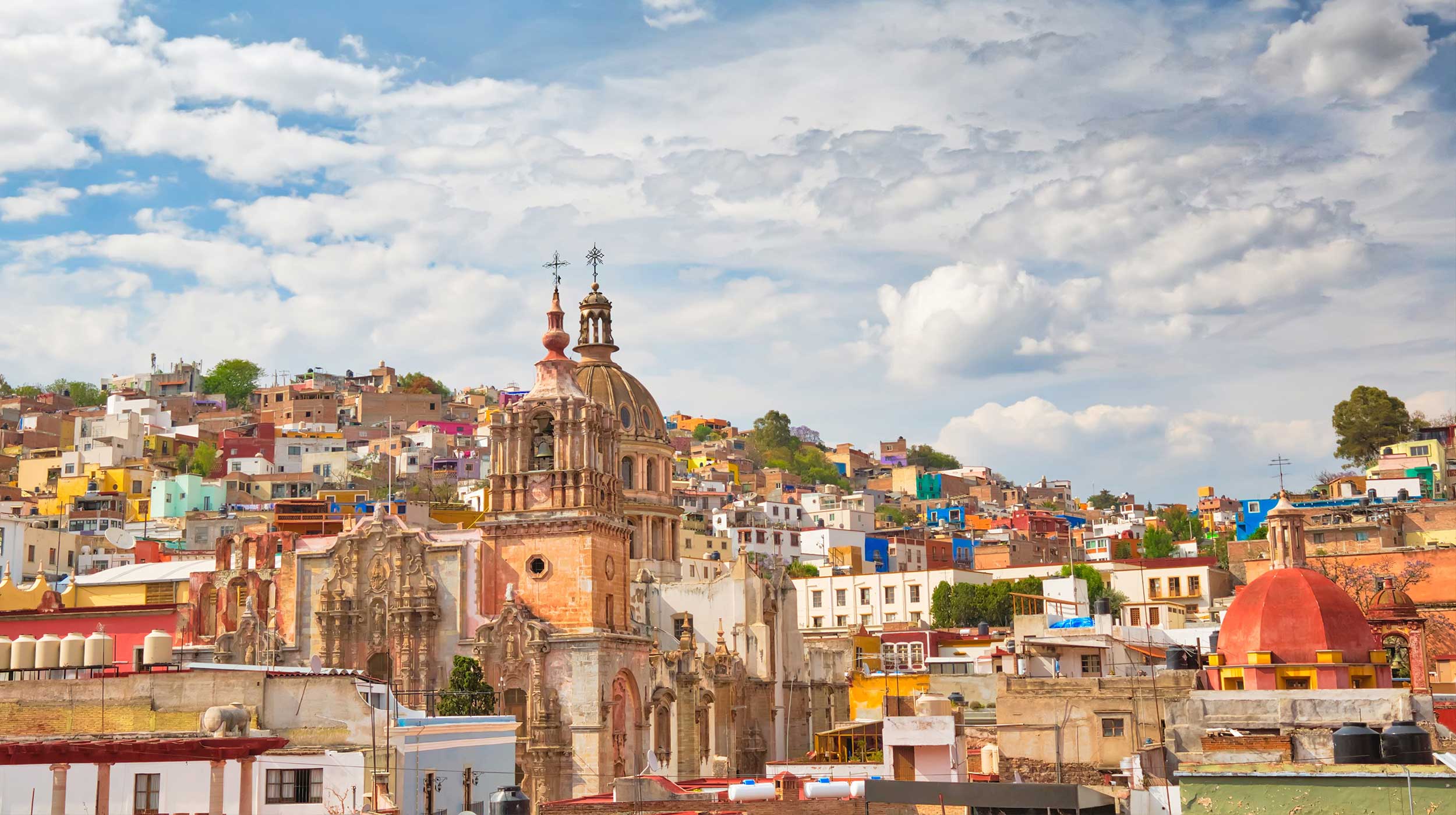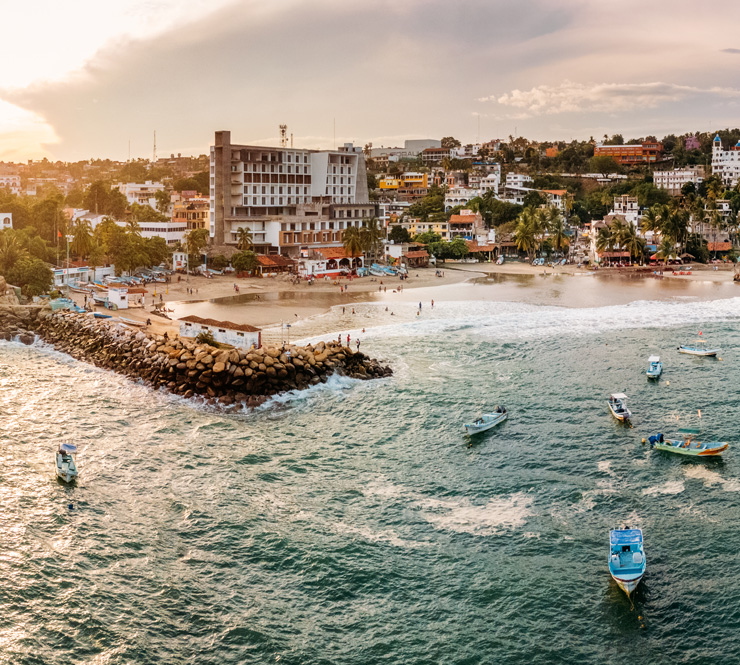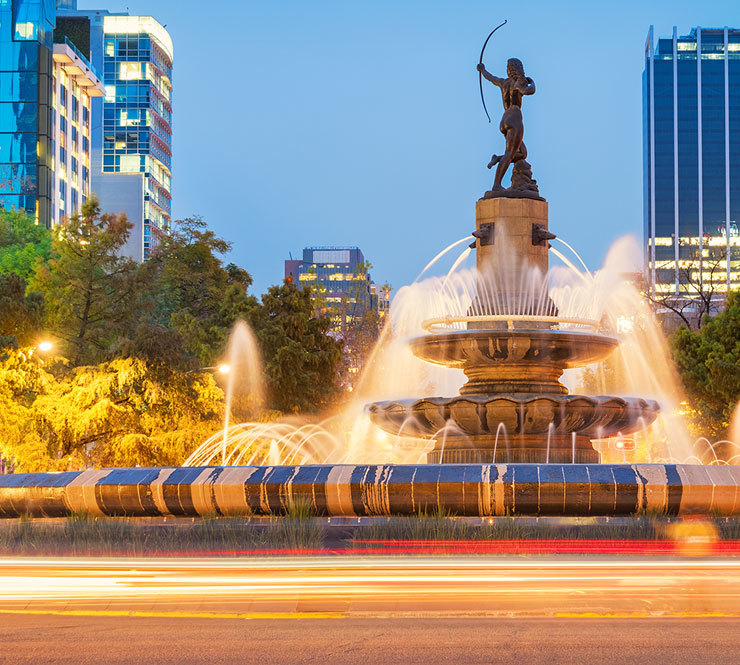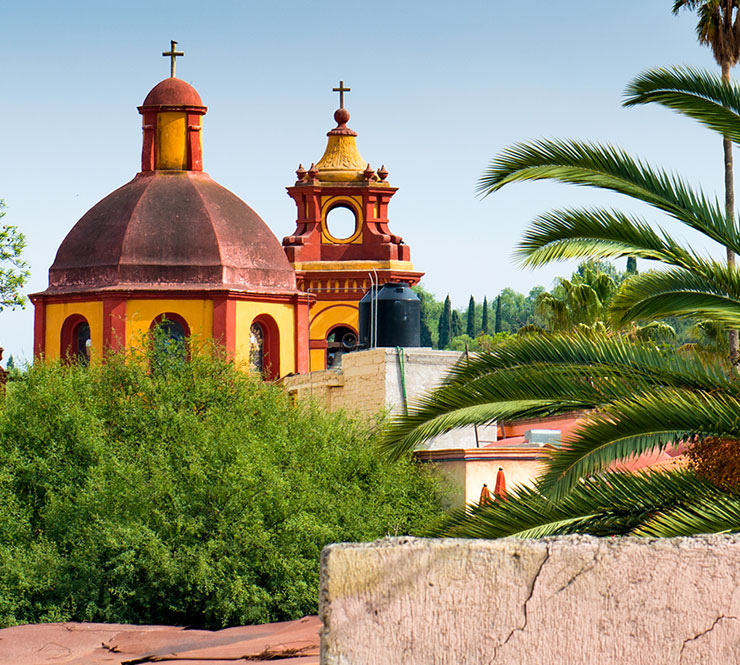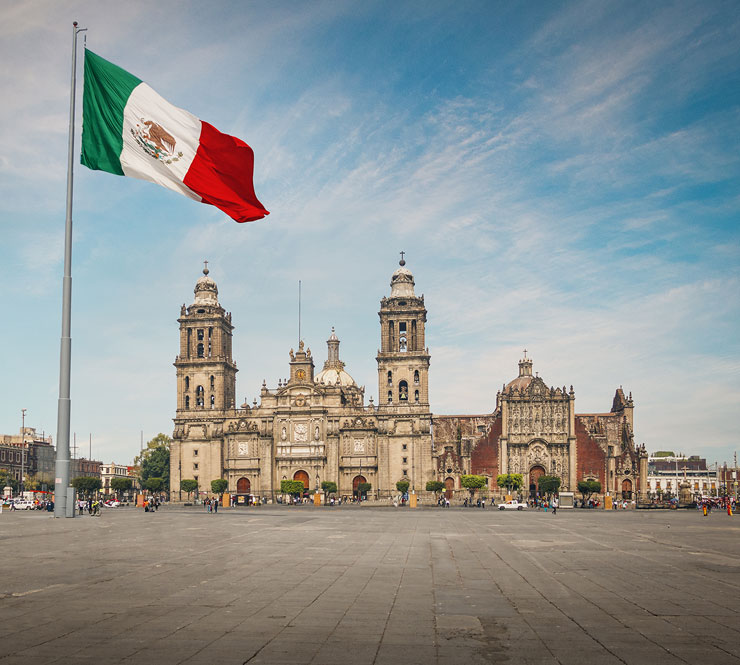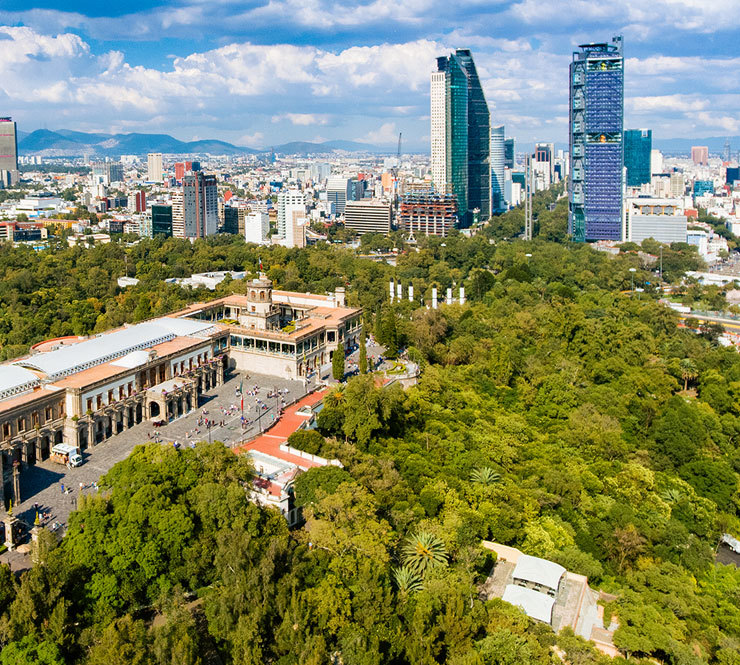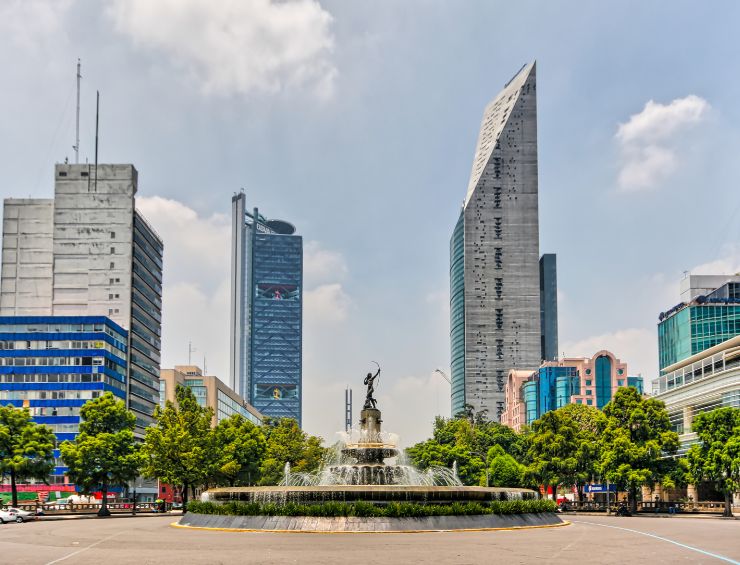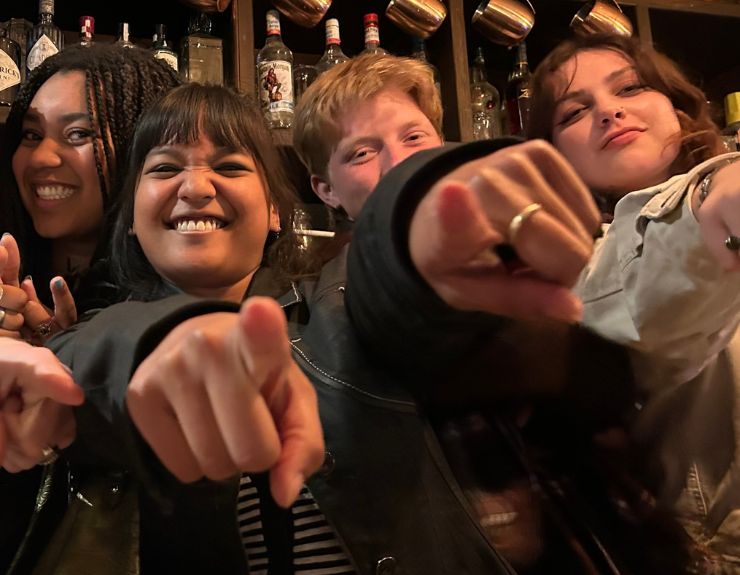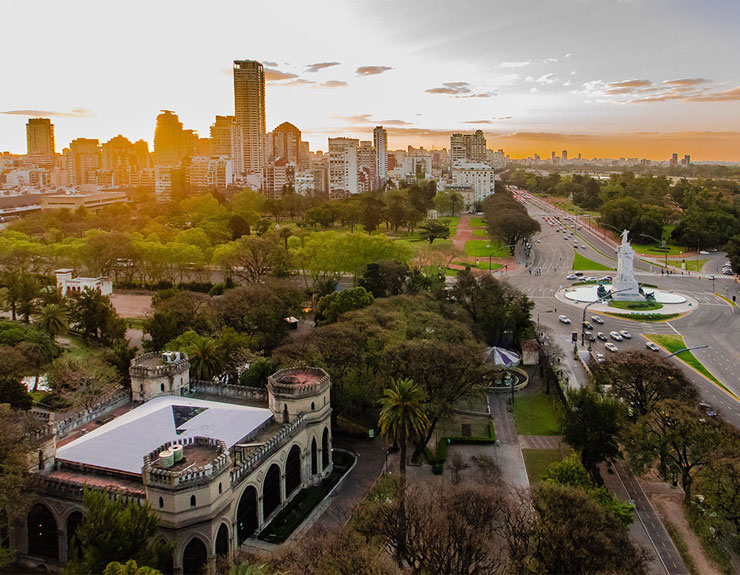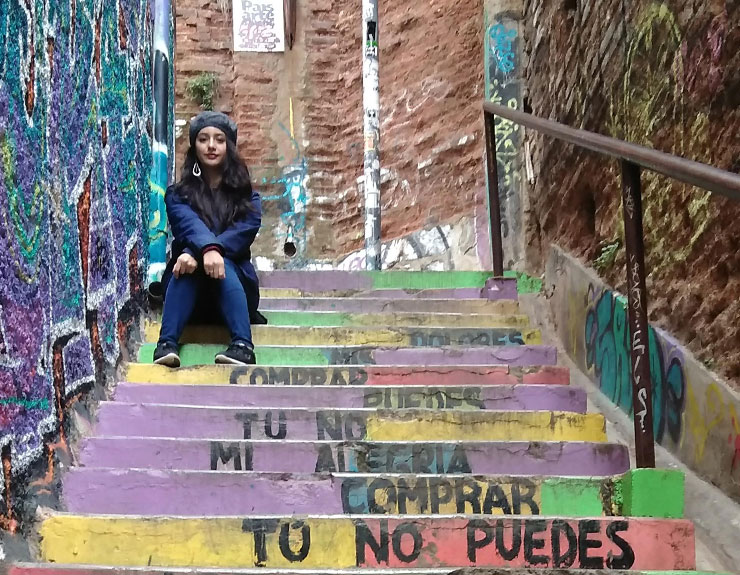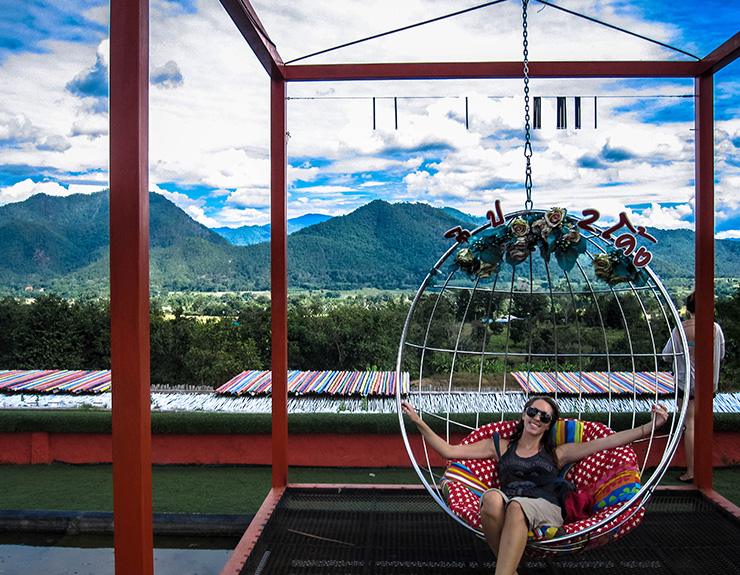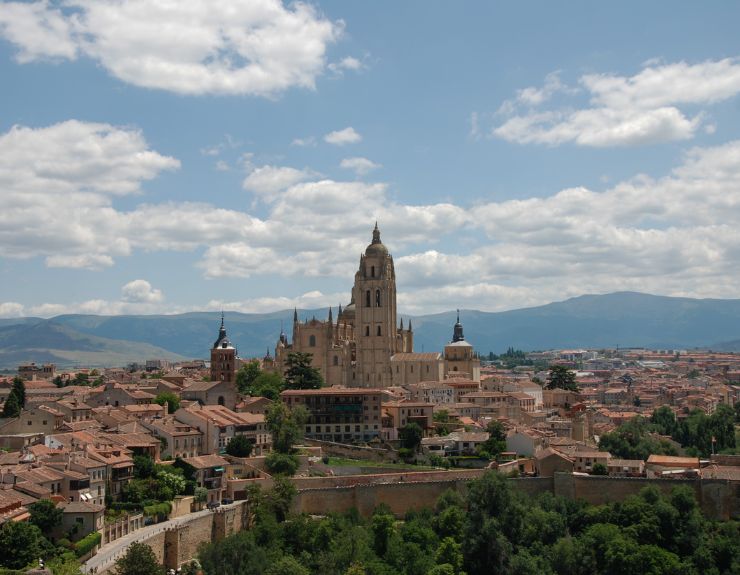Mexico City is one of the largest cosmopolitan areas in the world, rivaling Paris, France, in its museums and cultural sites. Each of Mexico City's 16 neighborhoods has a distinctive personality, boasting Art Deco architecture, lively nightlife, or colorful flea markets. The central plaza's colonial-era National Palace, the baroque Metropolitan Cathedral, and Aztec ruins add to the discovery of Mexico. For a taste of authentic Mexican fare, head south to Oaxaca, the culinary capital of Mexico. From food to dance to arts, Oaxacan culture is a mix of Spanish, Aztec, colonial and indigenous traditions.
I believe it is crucial and increasingly urgent that we study indigenous ways of knowing and further develop the field of Native American studies to preserve ancient knowledge systems. My experience studying abroad in Mexico City directly related to my coursework. It provided me the opportunity to practice two languages (Spanish and Native Mexican Nahuatl) and develop my research skills in preparation for graduate school.
Conducting research abroad has helped me reach my career goals as a socially engaged social science researcher. Developing connections with professors at UNAM while conducting bibliographical research entirely in Spanish expanded my capacity to contribute to scholarly debates with a transnational perspective. Staying in Mexico City for an entire year allowed me to develop strong relationships, not just academically, but also with civil society organizations working around my areas of concern.




